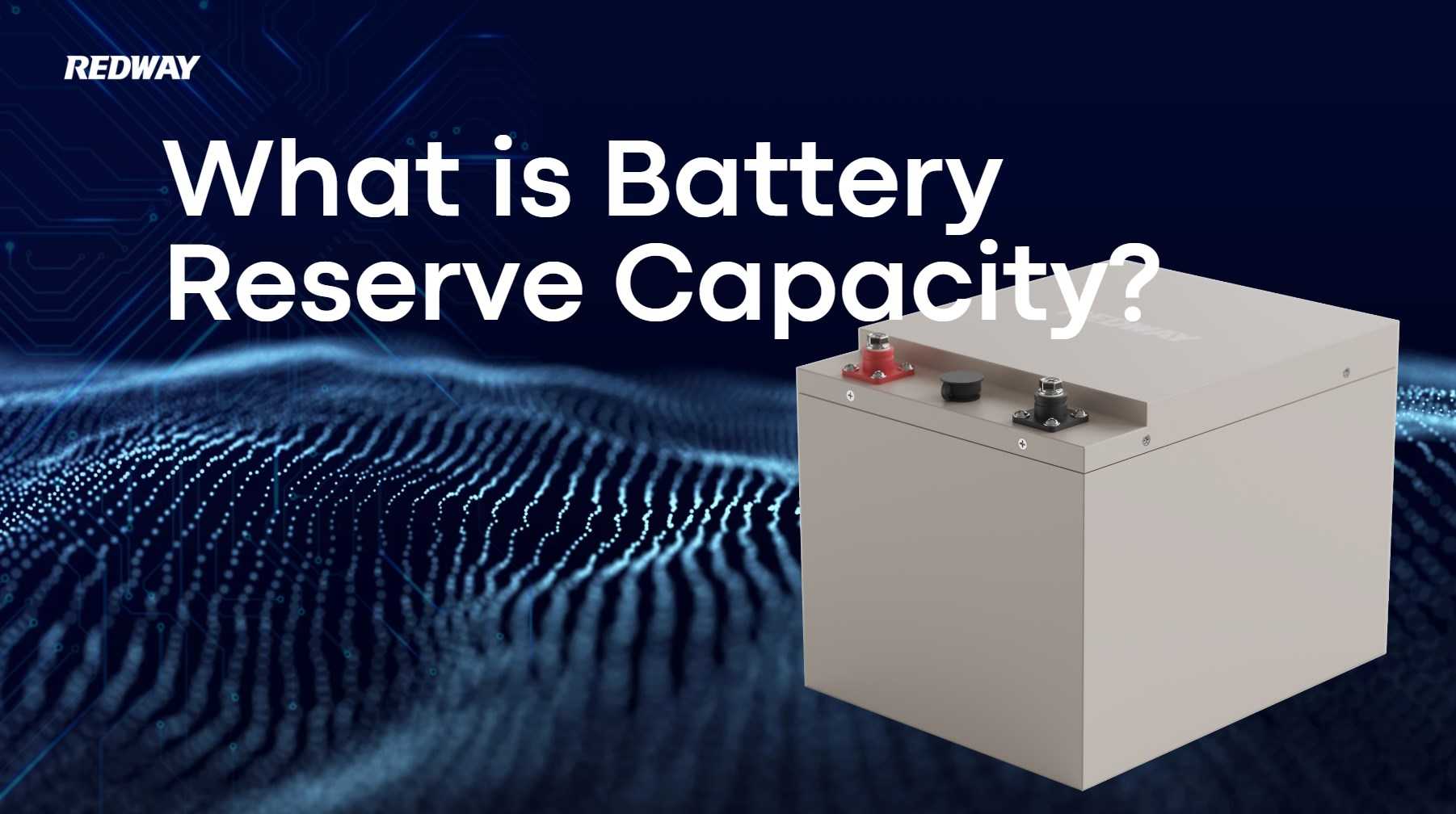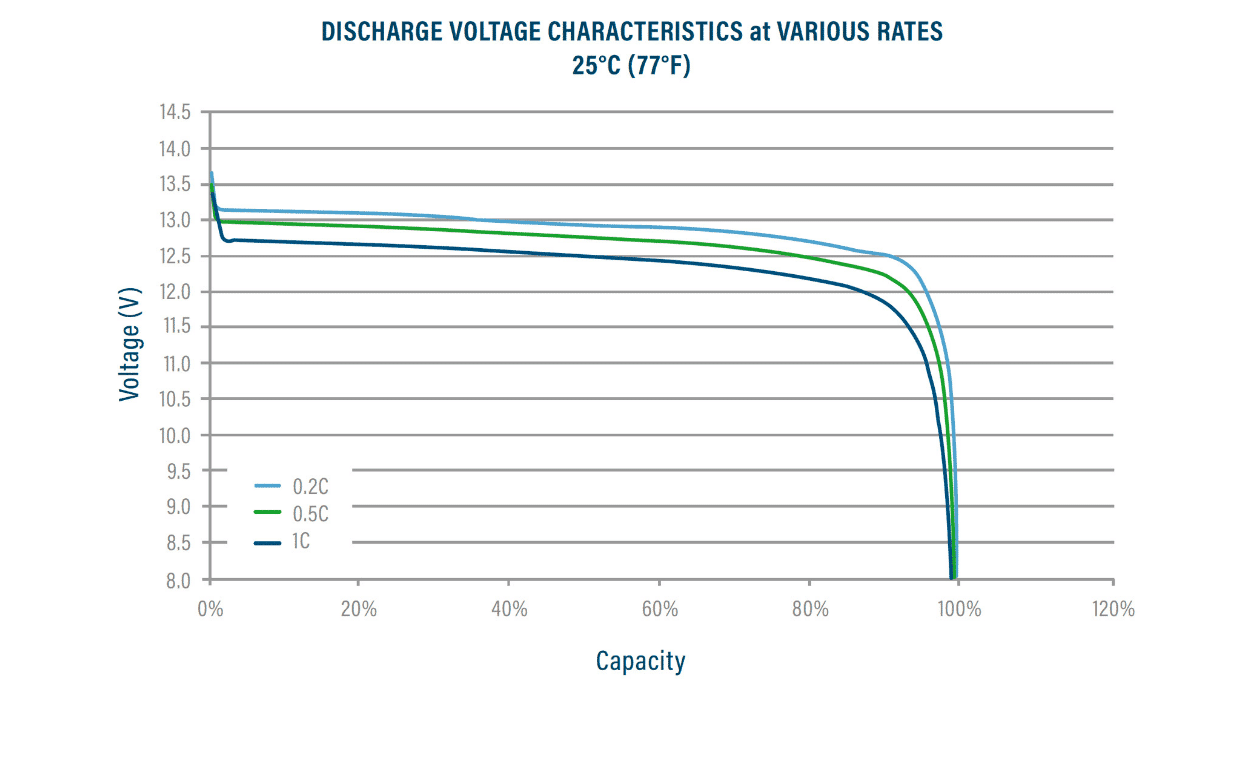What’s The Difference In Amp Hours And Watt Hours?
When it comes to understanding battery specifications, two terms often come up: amp hours (Ah) and watt hours (Wh). Both are crucial for evaluating battery capacity and performance, but they represent different concepts. In this article, we will explore the definitions of amp hours and watt hours, how they relate to each other, and their significance in practical applications, particularly in the context of Lithium Iron Phosphate (LiFePO4) batteries.
1. Understanding Amp Hours (Ah)
1.1 What Are Amp Hours?
Amp hours (Ah) measure the total amount of electric charge a battery can deliver over time. Specifically:
-
One amp hour indicates that a battery can provide one amp of current for one hour before it is fully discharged.
1.2 Importance of Amp Hours
The amp hour rating is essential for determining:
-
Battery Capacity: Higher Ah ratings indicate a greater capacity to store energy, allowing devices to run longer.
-
Usage Requirements: Understanding Ah helps users choose the right battery for specific applications based on their energy needs.
1.3 Example Calculation
For instance, if you have a 100Ah battery:
- It can theoretically supply 100 amps for 1 hour, or 50 amps for 2 hours, and so forth.
2. Understanding Watt Hours (Wh)
2.1 What Are Watt Hours?
Watt hours (Wh) measure the total energy a battery can store and deliver over time. The formula to calculate watt hours is:
-
Watt Hours = Volts × Amp Hours.
2.2 Importance of Watt Hours
Watt hours provide a more comprehensive view of battery performance:
-
They indicate how much power is available for use over time.
-
Watt hours are particularly useful when comparing batteries with different voltages.
2.3 Example Calculation
For example, if you have a 12V battery rated at 100Ah:
- The total energy capacity would be:
- 12V×100Ah=1200Wh

3. Key Differences Between Amp Hours and Watt Hours
3.1 Measurement Units
-
Amp Hours (Ah): Measures electric charge.
-
Watt Hours (Wh): Measures energy capacity.
3.2 Relationship Between Ah and Wh
While both measurements relate to battery capacity, they serve different purposes:
-
Amp hours indicate how long a battery can supply a certain current.
-
Watt hours provide insight into the total energy available for use.
3.3 Application Context
Understanding both ratings is crucial when selecting batteries for specific applications:
- For example, in solar energy systems, knowing both Ah and Wh helps determine how much power can be stored and used effectively.
| Measurement | Definition | Formula |
|---|---|---|
| Amp Hours (Ah) | Total electric charge | N/A |
| Watt Hours (Wh) | Total energy capacity | Wh = V × Ah |
4. Practical Applications in LiFePO4 Batteries
4.1 Choosing the Right Battery
When selecting a Lithium Iron Phosphate (LiFePO4) battery for your needs:
-
Consider both Ah and Wh ratings to ensure you have sufficient power for your devices.
4.2 Energy Management
In applications like RVs or solar systems:
- Understanding how to convert between Ah and Wh allows users to manage their energy consumption effectively.
5. Latest News in Battery Technology
Recent advancements in lithium battery technology continue to enhance performance:
- Innovations such as smart battery management systems (BMS) allow users better monitoring capabilities.
- Research into solid-state batteries promises increased energy density and improved safety characteristics in future models.
6. Frequently Asked Questions (FAQs)
6.1 How do I convert Ah to Wh?
To convert amp hours to watt hours, multiply the amp hour rating by the voltage of the battery:
Wh=Ah×VoltageWh=Ah×Voltage
6.2 Which measurement should I prioritize when choosing a battery?
It depends on your application; if you need to know how long a device will run, focus on Ah; if you need to understand total energy available, focus on Wh.
6.3 Can I use both measurements interchangeably?
No, they represent different aspects of battery performance; both are important for understanding overall capacity.
7. Conclusion
In conclusion, understanding the difference between amp hours and watt hours is essential for anyone looking to maximize the performance of their batteries, particularly Lithium Iron Phosphate (LiFePO4) batteries. By grasping these concepts, users can make informed decisions about their energy storage solutions, ensuring that they select the right batteries for their specific needs.At Redway Battery, we specialize in manufacturing high-quality Lithium LiFePO4 solutions tailored to meet diverse customer needs worldwide. With our extensive experience in this field, we provide custom solutions quickly for wholesale and OEM customers. For a quick quote or more information about our products, please contact us today!






